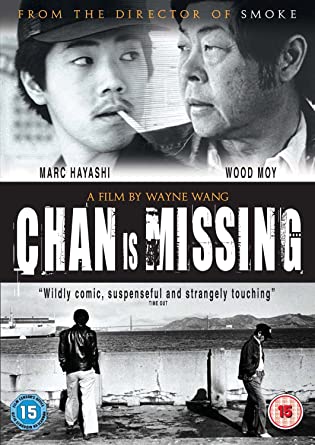
The film “Chan is Missing” is the first widespread critically acclaimed indie film by an Asian American director. Released in 1982, director Wayne Wang delves into themes of daily Asian American experiences, including being defined through silence.

In 1927, a unanimous SCOTUS ruled in Gong Lum v. Rice that “separate but equal” treatment applied to Chinese Americans. Martha Lum, 9-years old at the time, was prohibited from attending a white school in Mississippi, and could only attend segregated schools for “children of the brown, yellow or black races.”

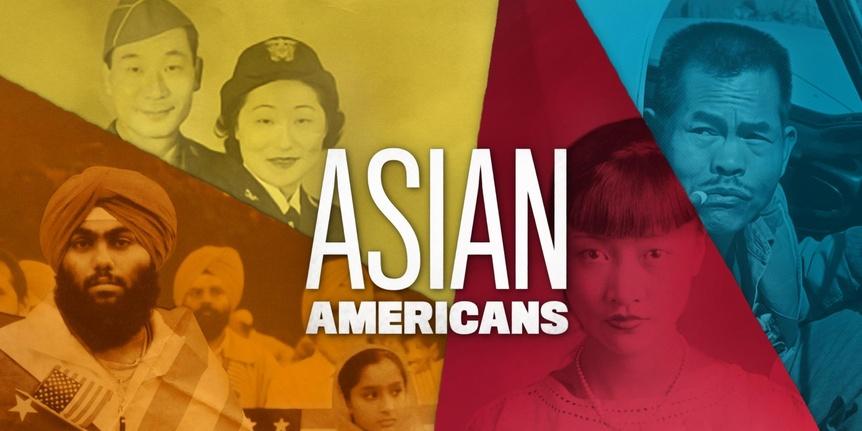
PBS series “Asian Americans” premiers TODAY!
This five-part series tells the story of Asians in the U.S. spotlighting significant milestones such as the Chinese Exclusion Act and the internment of Japanese Americans during WWII and also shines a fresh light on lesser-known experiences that illuminate the diversity and complexity of the Asian American experience.
From 1910-1940, California’s Angel Island immigration center processed Chinese immigrants trying to enter the U.S. during the period of the Chinese Exclusion Act. Due to the Act, Chinese immigrants had to rely on existing family ties to Chinese Americans, many of which were fabricated. These immigrants became known as “paper sons” and “paper daughters,” and were subject to intense interrogation, lasting as long as 2 years. The center’s goal was to deport as many Chinese immigrants as possible. Under the justification of determining legitimacy, the interrogations were specific to the point where even real family of Chinese Americans often failed—questions included village of origin, how many walls existed around that village, how many pigs their neighbors owned, etc. Throughout the entire months- to years-long process, immigrants were locked in the living facilities, often described as cages. Immigrants were stacked within close quarters of each other in the barracks, and mattresses and pillows were not provided at first because Chinese were supposed to be hardworking and strong. Sons (counted as “men”) were often separated from their mothers and subject to separate interviews. All parties, including the Chinese American citizens, had to have matching interrogation responses in order for the immigrant to be considered for admission.
For perspective, European immigrants during the same period arrived largely through Ellis Island, and were admitted into the U.S. same-day without intense interrogation. Non-Chinese immigrants were also admitted within days of arriving at Angel Island.
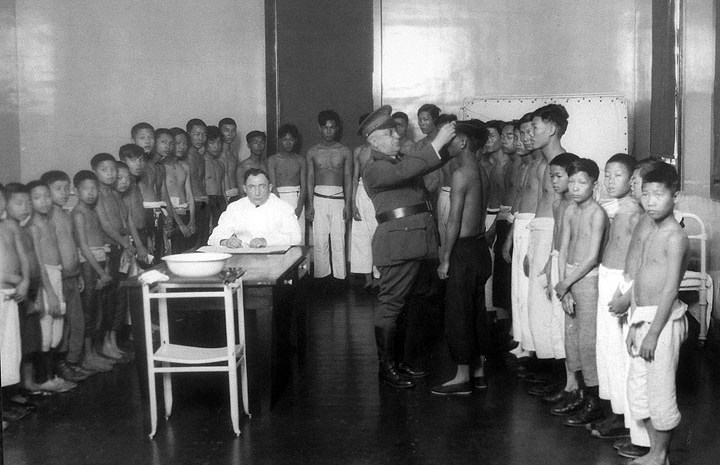
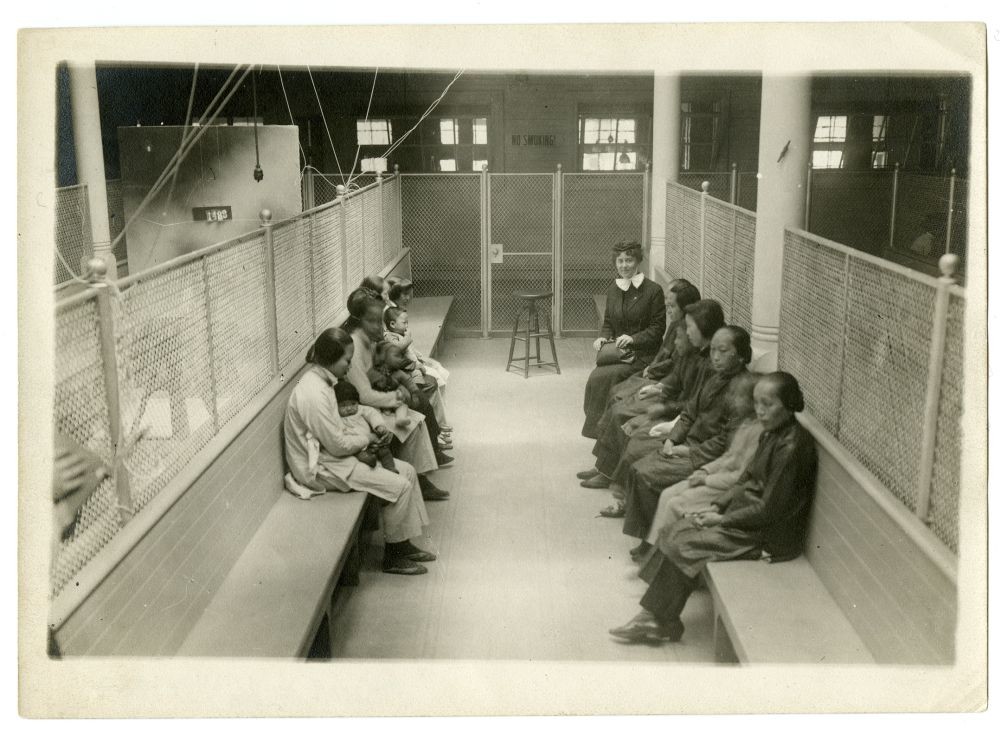
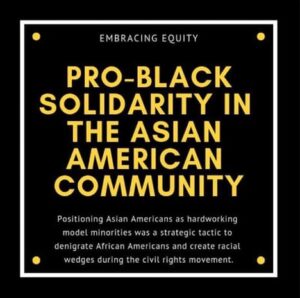
In memory of Ahmaud Arbery: “We are stronger when we speak up for each other within and across racial lines… A lot of times our mistake in advocacy is not to connect the dots between communities. Would we be in a different place if we were speaking out against hate crimes when they weren’t impacting us directly?”
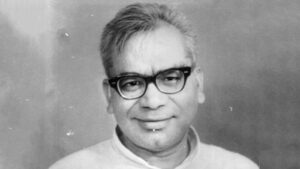
Ram Manohar Lohia was an Indian freedom fighter and member of parliament who went to jail for violating Jim Crow laws. The police arrested him, put him in a paddy wagon, and drove him away from the restaurant before releasing him. The State Department promptly sent a formal apology to the Indian ambassador. Decrying his treatment as “tyranny against the United States Constitution,” Lohia told reporters that both the State Department and the Indian Embassy “may go to hell.” Segregation was a moral issue, he stressed, not a political one. When told that the American ambassador to the United Nations would offer his apologies, Lohia replied that Stevenson should apologize to the Statute of Liberty.
Social Widgets powered by AB-WebLog.com.